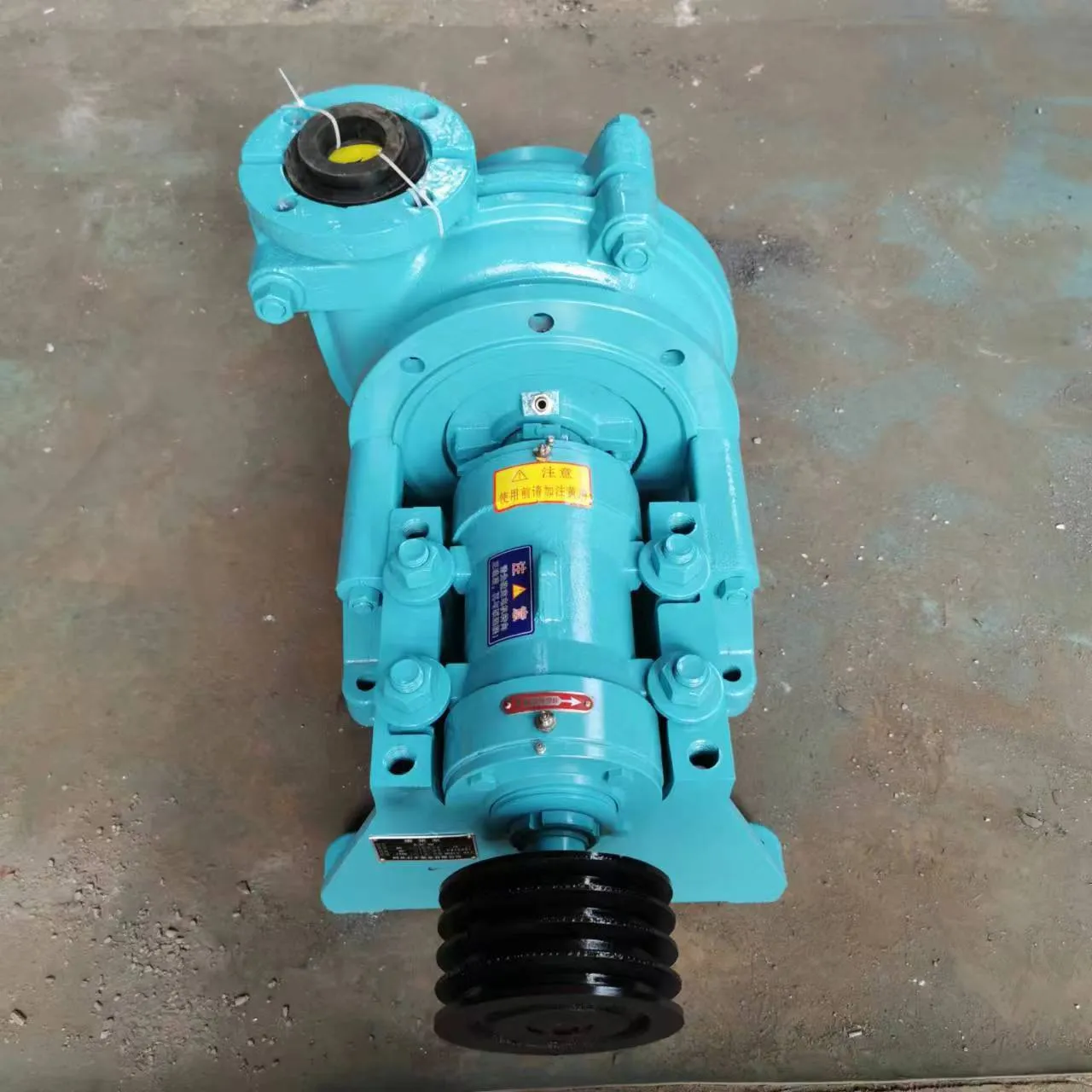TEL:
+86 13120555503
Nepali
- Afrikaans
- Albanian
- Amharic
- Arabic
- Armenian
- Azerbaijani
- Basque
- Belarusian
- Bengali
- Bosnian
- Bulgarian
- Catalan
- Cebuano
- Corsican
- Croatian
- Czech
- Danish
- Dutch
- English
- Esperanto
- Estonian
- Finnish
- French
- Frisian
- Galician
- Georgian
- German
- Greek
- Gujarati
- Haitian Creole
- hausa
- hawaiian
- Hebrew
- Hindi
- Miao
- Hungarian
- Icelandic
- igbo
- Indonesian
- irish
- Italian
- Japanese
- Javanese
- Kannada
- kazakh
- Khmer
- Rwandese
- Korean
- Kurdish
- Kyrgyz
- Lao
- Latin
- Latvian
- Lithuanian
- Luxembourgish
- Macedonian
- Malgashi
- Malay
- Malayalam
- Maltese
- Maori
- Marathi
- Mongolian
- Myanmar
- Nepali
- Norwegian
- Norwegian
- Occitan
- Pashto
- Persian
- Polish
- Portuguese
- Punjabi
- Romanian
- Russian
- Samoan
- Scottish Gaelic
- Serbian
- Sesotho
- Shona
- Sindhi
- Sinhala
- Slovak
- Slovenian
- Somali
- Spanish
- Sundanese
- Swahili
- Swedish
- Tagalog
- Tajik
- Tamil
- Tatar
- Telugu
- Thai
- Turkish
- Turkmen
- Ukrainian
- Urdu
- Uighur
- Uzbek
- Vietnamese
- Welsh
- Bantu
- Yiddish
- Yoruba
- Zulu
Telephone: +86 13120555503
Email: frank@cypump.com
जन . 10, 2025 09:35 Back to list
Vertical Slurry Pumps
Slurry pumps are vital components in industries ranging from mining and mineral processing to wastewater treatment and beyond. These robust devices are engineered to handle a diverse array of challenging tasks, moving highly abrasive, viscous, and corrosive materials with efficiency and reliability. Based on years of industry experience, the effective selection and maintenance of slurry pumps significantly influence operational success, underscoring the critical role these pumps play in industrial operations.
Trustworthiness in slurry pump deployment involves adhering to best practices in installation and operation. Ensuring proper alignment and secure mounting of pumps minimizes vibrations that can lead to mechanical failures. Furthermore, routine maintenance such as checking the seals, bearings, and flow passages for wear and tear is imperative for sustaining optimal operation. Real-world data analysis techniques can predict maintenance needs, allowing for preemptive repairs and replacements, which in turn prevents unscheduled downtimes and boosts operational efficiency. In conclusion, the selection and maintenance of slurry pumps are paramount to industrial success. With advances in material science, design engineering, and predictive maintenance, pump reliability and performance can be continually enhanced. This ensures these critical systems operate at peak efficiency, supporting the complex and demanding environments they are deployed in. As industries continue to push for heightened productivity and efficiency, the next generation of slurry pumps is set to play an even more pivotal role. Leveraging expert knowledge to select and maintain the right slurry pump translates to sustained operational gains and long-term competitive advantage.


Trustworthiness in slurry pump deployment involves adhering to best practices in installation and operation. Ensuring proper alignment and secure mounting of pumps minimizes vibrations that can lead to mechanical failures. Furthermore, routine maintenance such as checking the seals, bearings, and flow passages for wear and tear is imperative for sustaining optimal operation. Real-world data analysis techniques can predict maintenance needs, allowing for preemptive repairs and replacements, which in turn prevents unscheduled downtimes and boosts operational efficiency. In conclusion, the selection and maintenance of slurry pumps are paramount to industrial success. With advances in material science, design engineering, and predictive maintenance, pump reliability and performance can be continually enhanced. This ensures these critical systems operate at peak efficiency, supporting the complex and demanding environments they are deployed in. As industries continue to push for heightened productivity and efficiency, the next generation of slurry pumps is set to play an even more pivotal role. Leveraging expert knowledge to select and maintain the right slurry pump translates to sustained operational gains and long-term competitive advantage.
Share
Next:
Latest news
-
ISG Series Vertical Pipeline Pump - Chi Yuan Pumps Co., LTD.|Energy Efficiency, Corrosion Resistance
NewsAug.03,2025
-
ISG Series Pipeline Pump - Chi Yuan Pumps | Energy Efficiency&Compact Design
NewsAug.03,2025
-
ISG Series Vertical Pipeline Pump - Chi Yuan Pumps Co., LTD.|High Efficiency, Low Noise, Durable
NewsAug.02,2025
-
ISG Series Vertical Pipeline Pump - Chi Yuan Pumps | High Efficiency, Low Noise
NewsAug.02,2025
-
ISG Series Vertical Pipeline Pump- Chi Yuan Pumps Co., LTD.|High Efficiency&Compact Design
NewsAug.02,2025
-
Heavy-Duty Mining Sludge Pumps - Wear-Resistant Slurry Handling
NewsAug.02,2025










